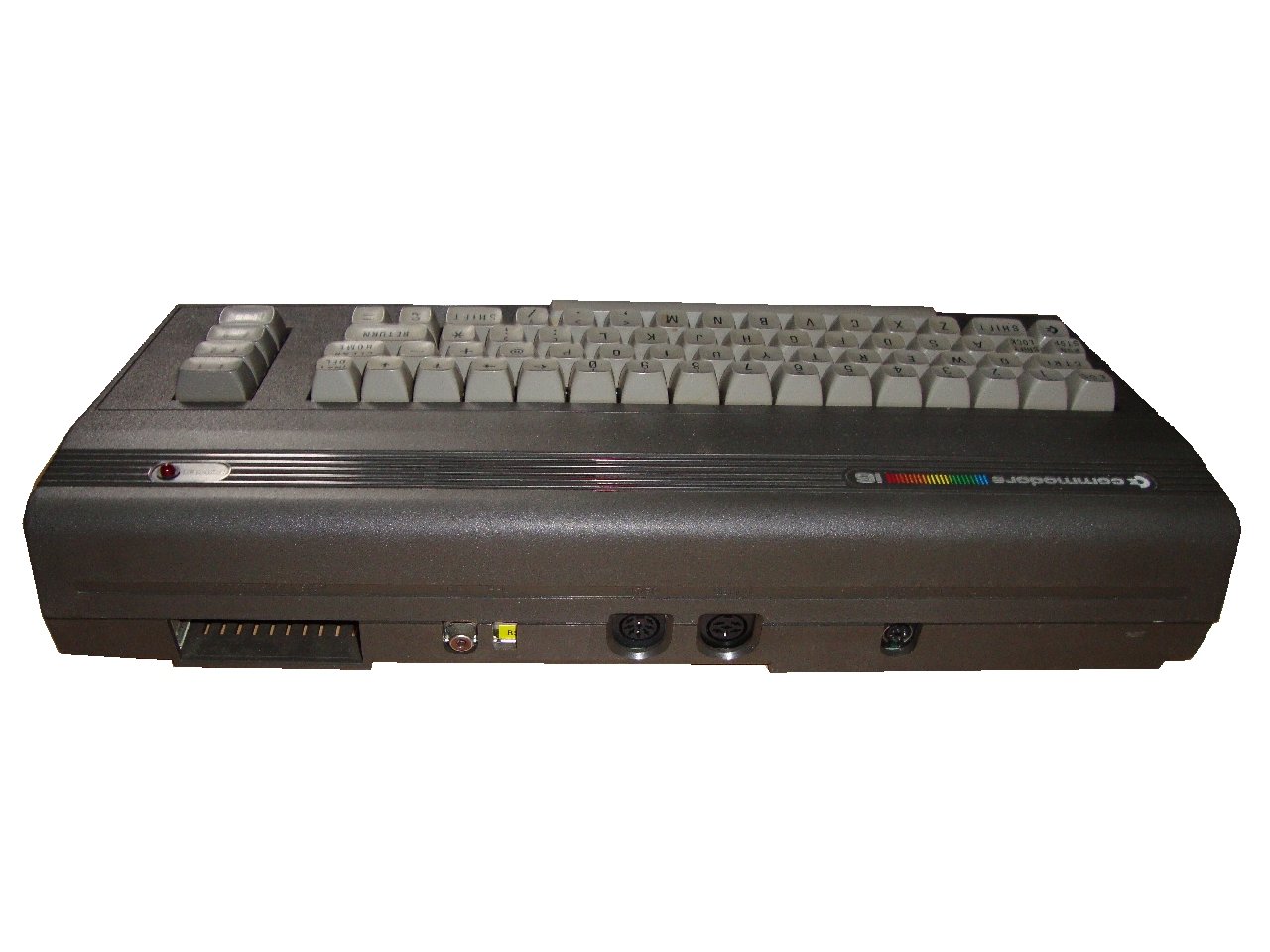LED’s DJ
History Starts @ 1968
In the world of circuit design, the journey from electronic valves to microprocessors has been nothing short of remarkable. What started as a humble endeavor to repair bulb radios and amplifiers in 1968 has now evolved into a sophisticated art of designing audio equipment that can rival the best in the industry. In this post, we will take a closer look at the key milestones in this journey and explore the fascinating advancements that have shaped the field.
Electronic Switches and Analog Delays: Paving the Way
In 1971, the design of electronic switches marked a significant turning point in circuit design. This breakthrough allowed for more precise control over the flow of electricity, opening up new possibilities for creative experimentation. It was during this time that analog delays were also introduced, enabling musicians to create unique sound effects by manipulating the timing of audio signals.
Designing Music Mixers and Lighting Dimmers
Building upon the advancements in electronic switches, circuit designers in 1972 turned their attention to music mixers. These devices allowed for seamless blending of multiple audio sources, revolutionizing the way music was produced and mixed. Simultaneously, designers also delved into the realm of lighting control, developing dimmers that utilized Triacs to adjust the intensity of light. This innovation paved the way for dynamic lighting setups that could be synchronized with the music.
The Rise of Digital Circuits and the 555 Timer IC
By 1973, digital circuits started to gain prominence in circuit design. These circuits utilized binary logic to process and manipulate information, offering greater precision and reliability. One of the most iconic developments during this time was the introduction of the 555 timer IC. This versatile integrated circuit became a staple in circuit design, finding applications in various fields, including audio equipment.
Analog to Digital Converter (ADC) and Digital to Analog Converter (DAC)
As the digital revolution continued to unfold, designers in 1975 started exploring the potential of analog to digital converters (ADC) and digital to analog converters (DAC). These devices allowed for seamless conversion between analog and digital signals, opening up new possibilities for controlling light spots with precision. This breakthrough paved the way for the integration of lighting effects with audio equipment, creating immersive experiences for audiences.
LEDs and the Evolution of Lighting
One of the most significant advancements in circuit design during this era was the advent of light-emitting diodes (LEDs). These small, energy-efficient devices revolutionized the world of lighting by offering a longer lifespan and greater flexibility in design. Circuit designers quickly recognized the potential of LEDs and started incorporating them into their audio equipment. This led to the birth of LED’s DJ, who used modified equipment to enhance the performance and visual experience of their shows.
Pushing the Boundaries: Dichroic Lamps, Strobe Lights, and Projections
As the 1970s drew to a close, circuit designers continued to push the boundaries of what was possible. They experimented with dichroic lamps, which allowed for the projection of vibrant, multicolored light. Strobe lights also became a popular addition to audio equipment, adding a dynamic visual element to performances. Additionally, designers started exploring the integration of projections, further enhancing the visual experience for audiences.
Designing Audio Equipment for the Modern Age
Today, circuit designers continue to innovate and refine their craft. The journey from electronic valves to microprocessors has paved the way for a new era of audio equipment that is more powerful, efficient, and versatile than ever before. From analog to digital, from valves to microprocessors, the evolution of circuit design has transformed the way we experience sound and light.
As we look back at the milestones that have shaped this field, we can’t help but marvel at the ingenuity and creativity of circuit designers. Their relentless pursuit of perfection has given rise to a world where audio equipment is not just a tool, but a means to create unforgettable experiences. So the next time you attend a concert or enjoy a mesmerizing light show, take a moment to appreciate the incredible journey that electronic valves to microprocessors have taken us on.
————————————–
The Era of Electronic Valves to Microprocessors
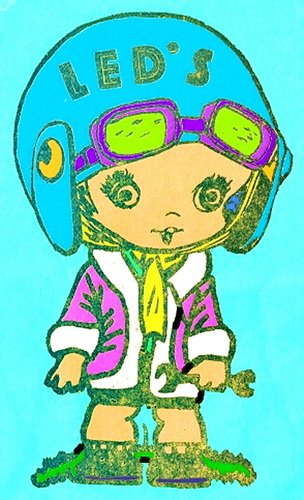
History
Basic Needs: Support School Expenses (Transportation, Food, School Supplies).
Start 1968 repairing bulb radios, amplifiers, and designing circuits.
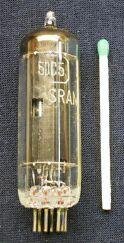

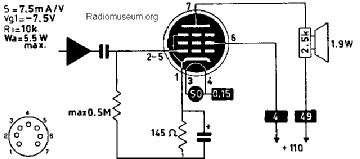
Electronic Switches
1971 Design Analog delay
1971 Design Music Mixer
1972 Design lighting dimmers, using Triacs.
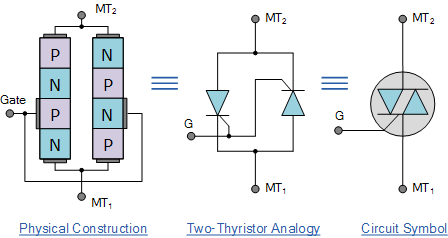
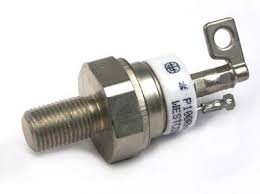
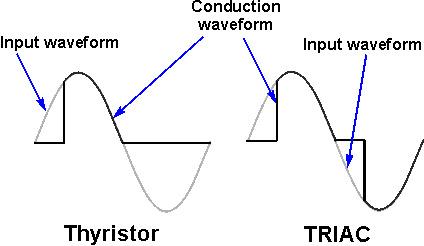
Digital Circuits
1973 Design circuits to Synchronize music with lights

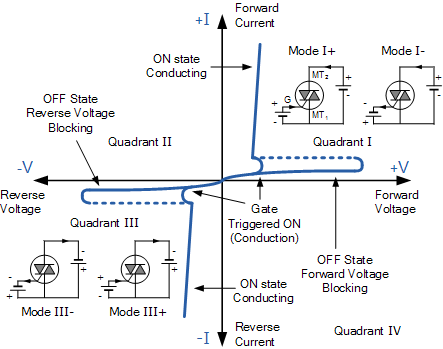
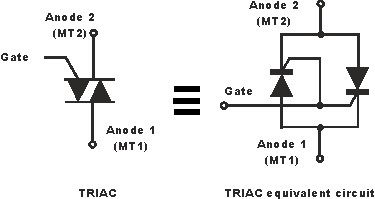
555 Electronic Oscillator Analogue IC (Bipolar or CMOS)
1975 Design Circuits with The 555 timer IC
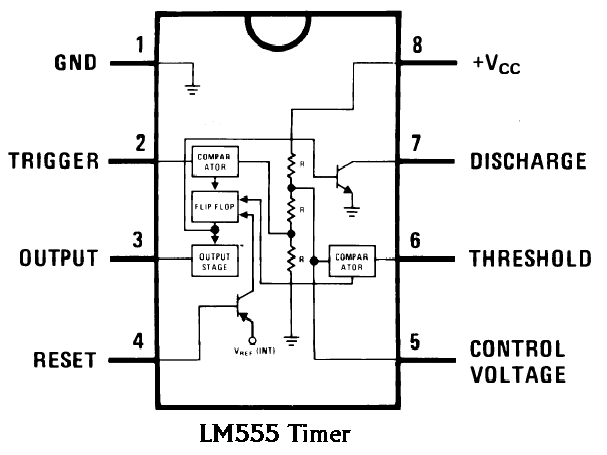
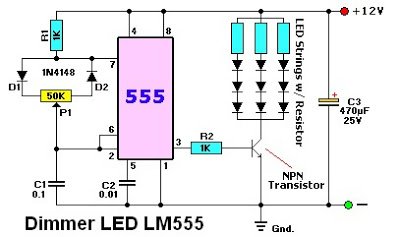
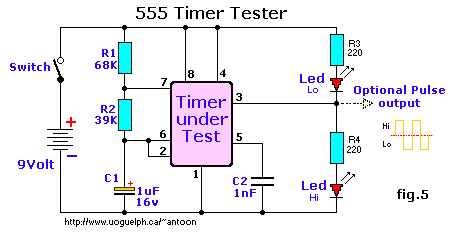
Analog to Digital Converter (ADC) & Digital to Analog Converter (DAC)
1975 Analog to Digital Circuits To Control Light Spots.
1975 Start LED’s DJ.
Modified Equipment to Improve the Performance
Dichroic Lamps
Strobe Lights
Projections High Quality
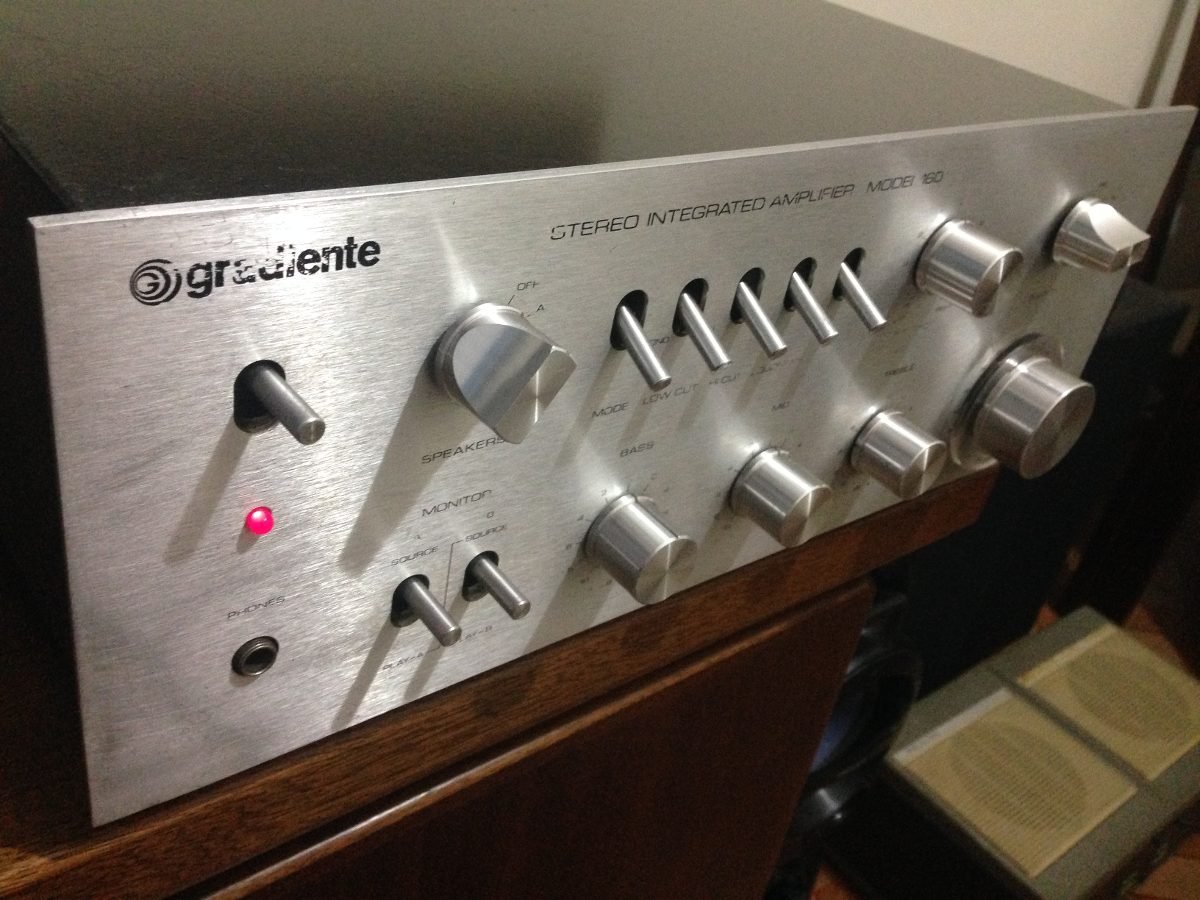

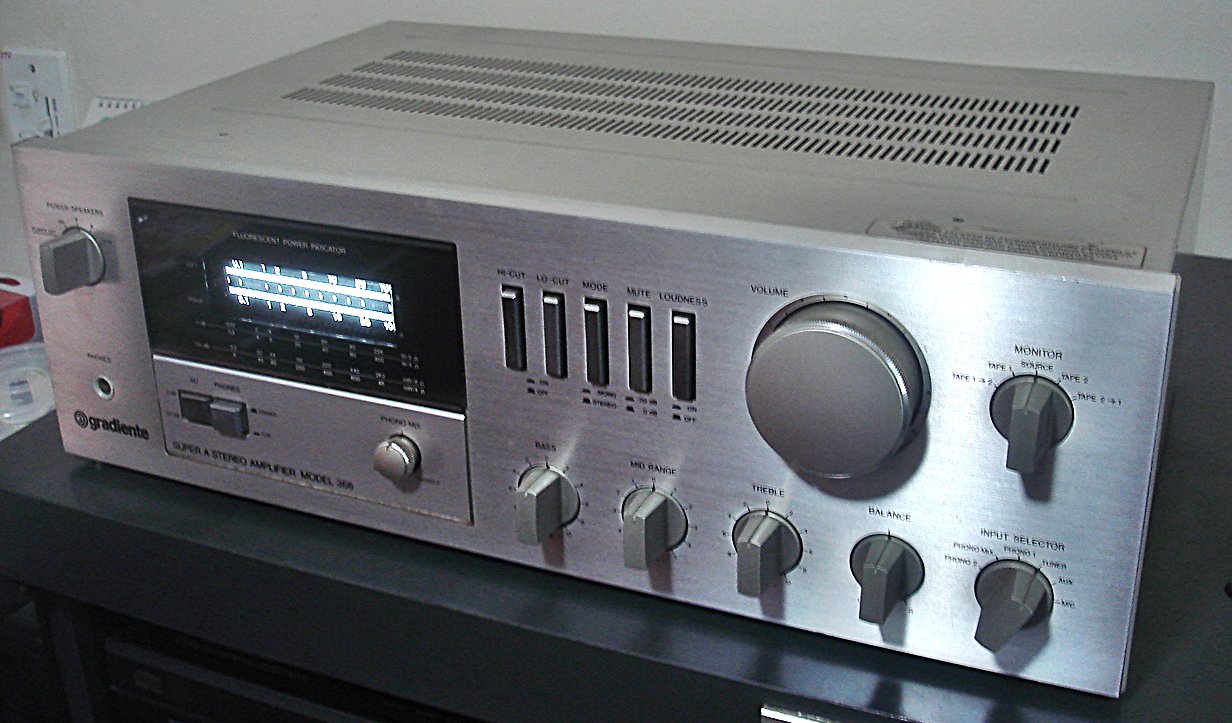
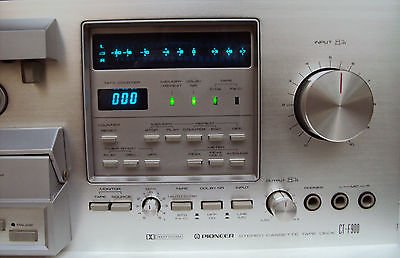
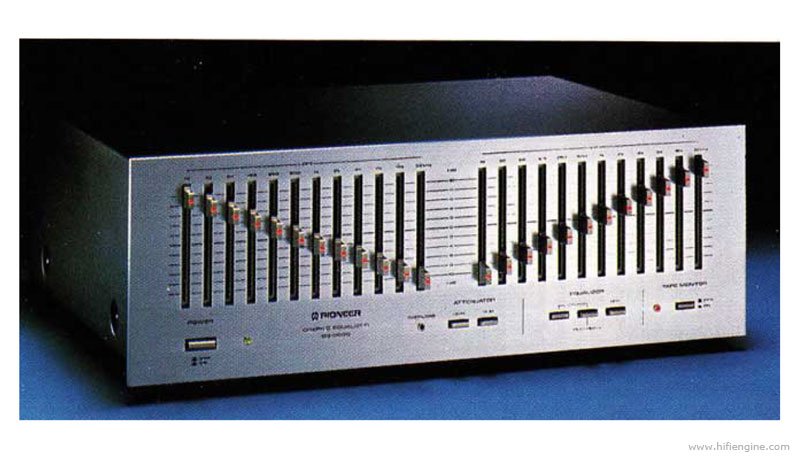
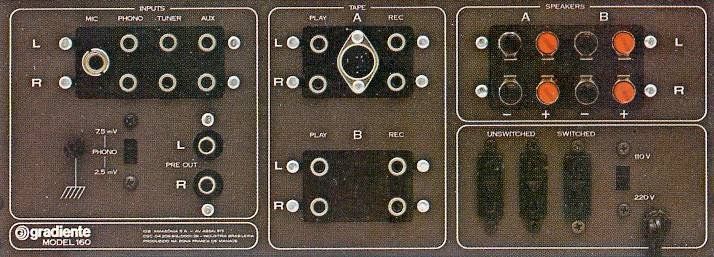
1976 Design Circuits with The 567 timer IC
Synchronize Multimedia Presentations
Projectors (slides & movies)
Flashes
Tape Recorders
etc.

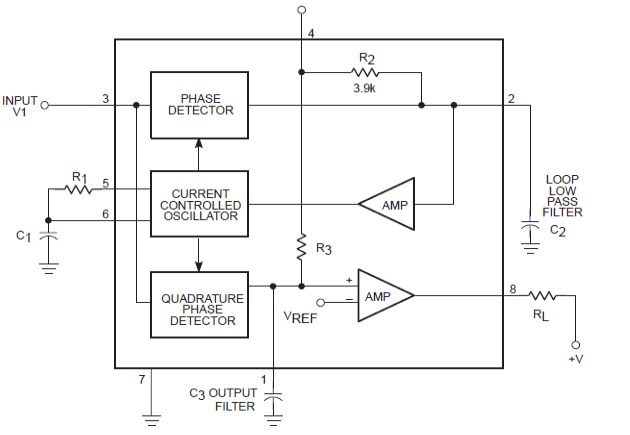
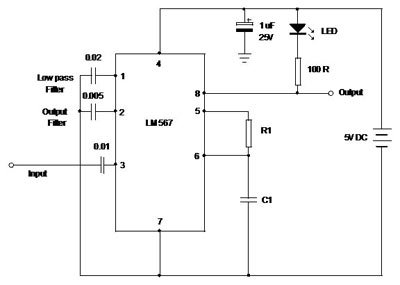
1977 Digital Era, using Atari 400.
Synchronize & Effects Multimedia Presentations
Digital Music Mixer
Digital & Laser Effects
Sync Music with Lights
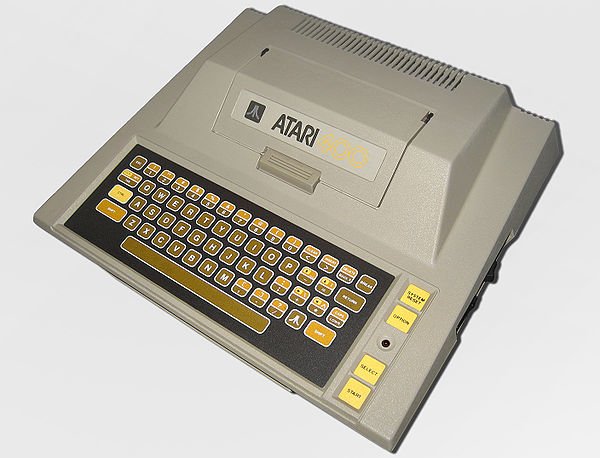


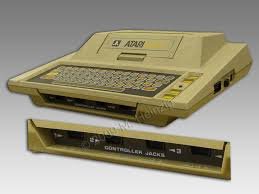
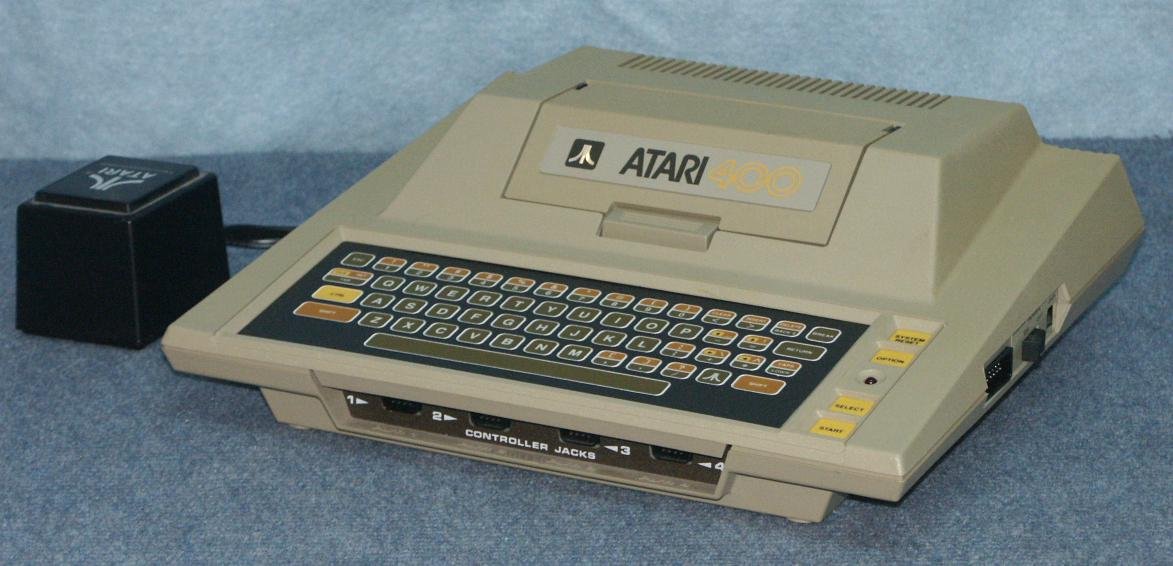
1984 Comodore 16

